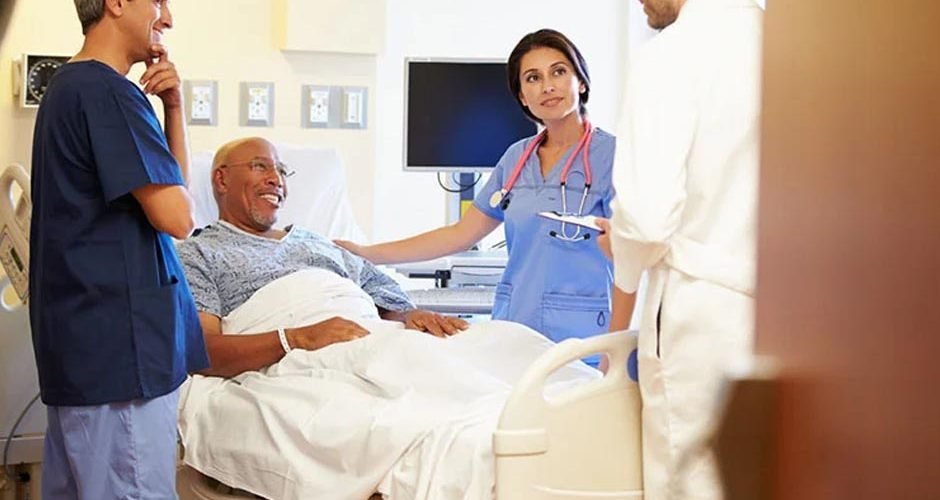Remote healthcare, which includes telehealth and remote patient monitoring (RPM), has quickly changed how medical care happens. Telehealth uses technology to let patients talk to doctors without being in the same place, and RPM means collecting health info from far away using stuff like wearable gadgets or phone apps. More and more people are using remote healthcare because it makes care easier to get, more convenient, and cheaper. But even though it’s good, there are also things we need to be careful about to make sure patients stay safe.
Table of Contents
Opportunities for Patient Safety
Remote healthcare, like remote patient monitoring (RPM), can really help keep patients safe in some important ways. For one, RPM lets doctors keep an eye on patients’ health all the time. Stuff like heart rate, blood sugar, and other important info can be sent straight to doctors, so they can spot any problems before they get serious. This kind of ongoing monitoring is especially helpful for people with long-term health issues like heart problems or diabetes. It means doctors can step in quickly if something’s not right and stop things from getting worse.
Another benefit of remote healthcare is that it makes it easier for people to get care, especially for those who live far away from doctors or have trouble getting around. This means they can get diagnosed sooner and manage their health problems better. Plus, they can easily schedule follow-up appointments without having to go to the hospital again, which helps keep them out of the hospital.
Also, remote healthcare makes it easier for patients and doctors to talk to each other. Secure messaging lets patients ask questions, understand instructions, or tell doctors about any worries they have quickly. And patients can get reminders about their meds or find out more about their health online, which helps them be more involved in their care.
Challenges in Patient Safety
Despite its benefits, remote healthcare also brings some challenges that could affect patient safety. One big worry is that virtual check-ups might not catch everything. It’s hard for doctors to do a full check-up over video, so they might miss signs of some conditions or not see how bad symptoms really are. Relying on what patients tell them can also mean doctors might not diagnose things right or understand what’s really going on.
There are also tech problems to think about. Not everyone has good access to technology or the internet, which can make it harder for some people to get remote care. And keeping patient info safe online is a big concern too. There’s a risk of data being stolen or seen by the wrong people, so it’s important to have strong security measures in place. Plus, not everyone is good with technology, so some patients might have trouble using remote healthcare systems.
Another issue with remote healthcare is that it can make communication harder. A medical malpractice attorney from Julie A. Rice, Attorney at Law & Affiliates emphasized that without being in the same room, patients and doctors might miss important body language cues, which can lead to misunderstandings. It’s also tougher to build a good relationship with patients when you’re not face-to-face. So, it’s really important to communicate clearly, especially when giving medication instructions or explaining how to take care of yourself.
Strategies for Mitigating Challenges
To make remote healthcare safer and better, we can use a few strategies. First, we can set rules for how virtual check-ups should happen. This would make sure that all check-ups are done the same way and that doctors look at everything they need to, even without seeing patients in person.
Next, we can teach both doctors and patients how to use remote healthcare well. Doctors can learn how to do good virtual check-ups, use telehealth tools, and understand data collected from afar. Patients can learn how to use the tech, get ready for virtual check-ups, and talk about their health worries clearly.
Investing in telehealth infrastructure and cybersecurity is crucial. Having strong infrastructure means we can count on reliable connections and smooth-running remote healthcare systems. And beefing up cybersecurity keeps patient info safe from hackers or other unauthorized access.
Lastly, we need clear rules for how to communicate during remote check-ups. These rules can cover things like listening well, making sure patients feel free to ask questions, and using simple language when explaining stuff or talking about diagnoses.
The Potential of Future Healthcare
Remote healthcare has huge potential to make patients safer by preventing problems, making care easier to get, and helping patients and doctors talk better. But it’s important to know and deal with the problems that come with it, like tech limits, communication issues, and not being able to do full check-ups.
We can make remote healthcare better by setting rules, training doctors and patients, improving technology, and making sure everyone talks clearly. This way, remote healthcare can keep giving safe and good care.
Looking ahead, we need to keep studying and improving how remote healthcare works. And we have to make sure everyone can get the tech they need and knows how to use it, so everyone can get the benefits of remote healthcare. By doing this right, we can make remote healthcare work even better, help patients and doctors talk more, and make healthcare better for everyone.





